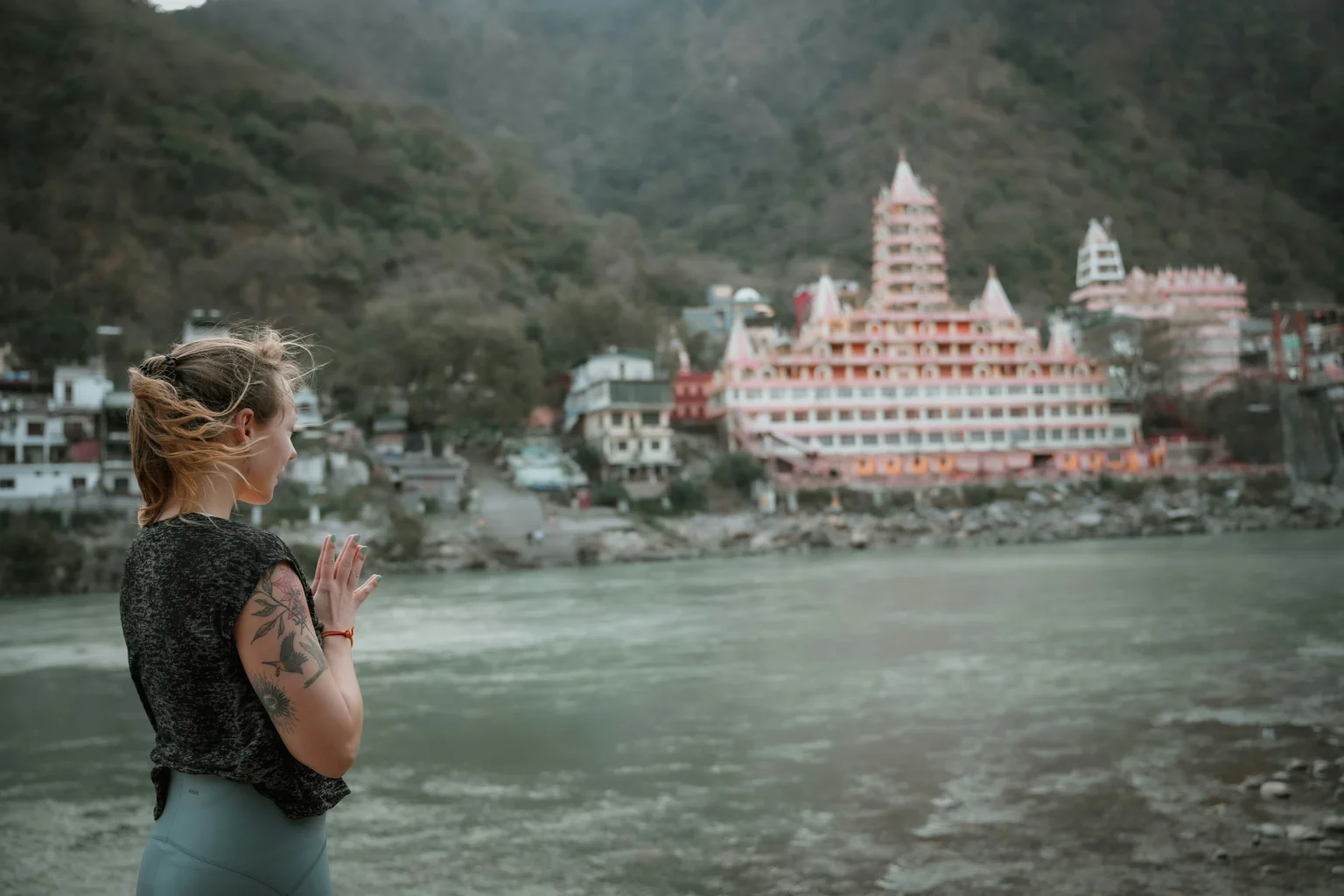The first time I arrived in Rishikesh, it wasn’t with a backpack full of expectations—it was with a heart full of questions. Like thousands before me, I was drawn to this Himalayan town not just by the promise of scenic beauty, but by something deeper—an invisible call to realign with myself.
Nestled at the foothills of the Garhwal Himalayas in Uttarakhand, India, Rishikesh is more than a dot on the map—it is a spiritual pulse point for soul-seekers from across the globe.
The Town Where Time Slows Down
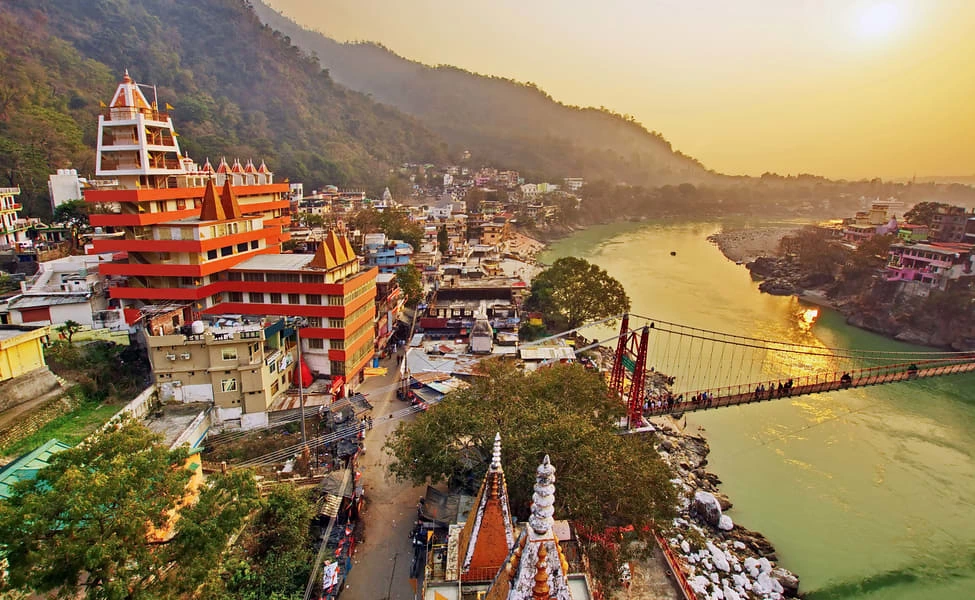
Rishikesh is often referred to as the “Yoga Capital of the World,” and for good reason. Every street corner whispers mantras, every shopfront offers mala beads, and every sunrise sees silhouettes meditating by the banks of the holy Ganges River.
But beyond its Instagram-worthy moments, Rishikesh is a sanctuary—where nature, spirituality, and human curiosity blend into something profound.
The moment you cross the iconic Lakshman Jhula—a suspension bridge that sways ever so slightly—you feel it. Not just the wind from the Ganges below, but a shift inside you.
Though the bridge itself was closed for renovation in 2020 and newer constructions like the Janki Setu have become the new connectors across the river, the spirit remains unchanged.
Ashrams: Where the Inner Journey Begins
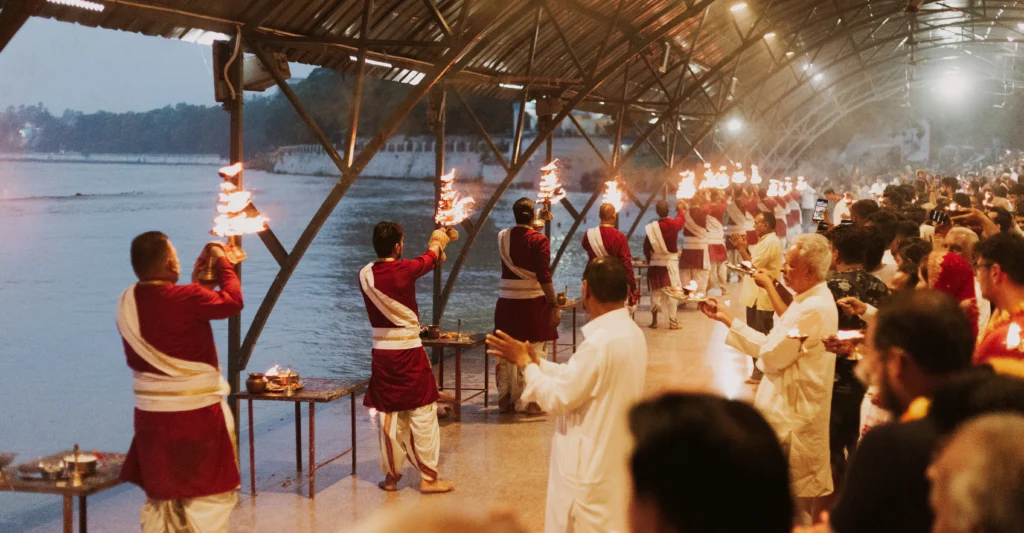
Ashrams in Rishikesh are not mere guesthouses—they are sanctuaries for inner work. The Parmarth Niketan Ashram, the largest in Rishikesh, draws people from around the world to its structured spiritual programs, yoga classes, and the famed Ganga Aarti ceremony that lights up the dusk with devotion and chants.
But beyond the famous names lies the lesser-known Phool Chatti Ashram, located upriver and far from the tourist bustle. “Phool Chatti” means “land of flowers,” and this ashram, active for over 120 years, is known for its 7-day yoga and meditation retreats that focus not just on physical postures but yogic philosophy, silence, and cleansing rituals like jala neti (nasal irrigation).
Here, you won’t find Wi-Fi or Instagram-worthy décor—what you will find is quietude so deep it echoes.
Another hidden gem is Anand Prakash Yoga Ashram, which blends classical Hatha with Akhanda Yoga—a holistic practice created by founder Yogrishi Vishvketu.
The ashram’s serene rooftop studio overlooking the Ganges offers a sunrise yoga experience few know about, but one that leaves an indelible mark on the soul.
The Mystique of the River Ganges
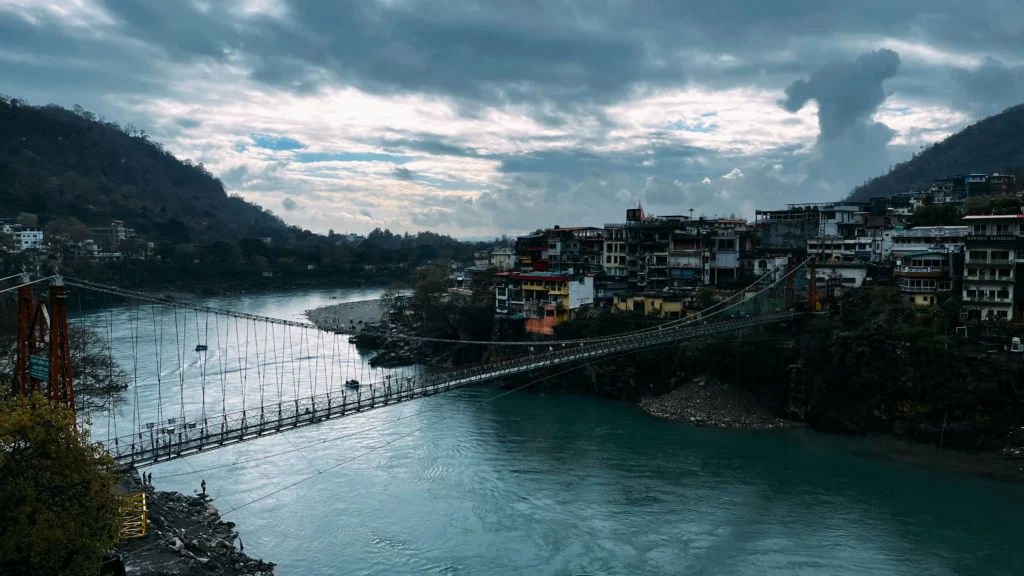
There’s something undeniably magnetic about the Ganga in Rishikesh. Unlike the polluted stretches of the river downstream, the waters here are pristine, glacial, and alive.
Scientists have found that the upper Ganga contains bacteriophages—viruses that kill harmful bacteria—making its waters naturally self-purifying. But beyond the science lies the myth.
Local legends say the Ganges descended from the heavens to cleanse the sins of humanity, and in Rishikesh, you feel that cleansing—not just physically, but spiritually. The act of dipping one’s feet or taking a ritual bath becomes less about religion and more about renewal.
Swarg Ashram, located between Ram Jhula and Parmarth Niketan, is one of the oldest sections of town dedicated to spirituality. Its peaceful ghats are ideal spots for quiet reflection.
Rishikesh for the Adventurous Soul

While Rishikesh is a hub for spiritual seekers, it’s also a haven for thrill-seekers. The town is India’s white-water rafting capital, and the stretch from Shivpuri to Rishikesh, with rapids like “Roller Coaster,” “Golf Course,” and “The Wall,” draws adventure enthusiasts from all over the world.
The season runs from September to June, with professional rafting camps offering both half-day and multi-day expeditions.
If you’re more of an aerial adventurer, bungee jumping at Jumpin Heights in Mohan Chatti is a must. With India’s highest fixed-platform bungee jump (83 meters), it’s an adrenaline-pumping experience that contrasts beautifully with Rishikesh’s otherwise serene image.
The same facility also offers giant swings and flying fox rides, making it one of the most comprehensive adventure zones in India.
Hiking and trekking options abound too. The Neer Garh Waterfall trek is a relatively easy one with rewarding views and refreshing pools to take a dip.
For more experienced trekkers, trails into the Rajaji National Park—home to leopards, elephants, and over 400 bird species—offer guided treks through dense sal forests.
Hidden & Rare Places in Rishikesh That Most Tourists Miss
While yoga and meditation dominate the traveler’s checklist, Rishikesh has layers yet to be discovered. It hides some rare, soul-stirring gems that most tourists completely overlook.
1. Vashishta Gufa & Arundhati Cave (25 km from Rishikesh)
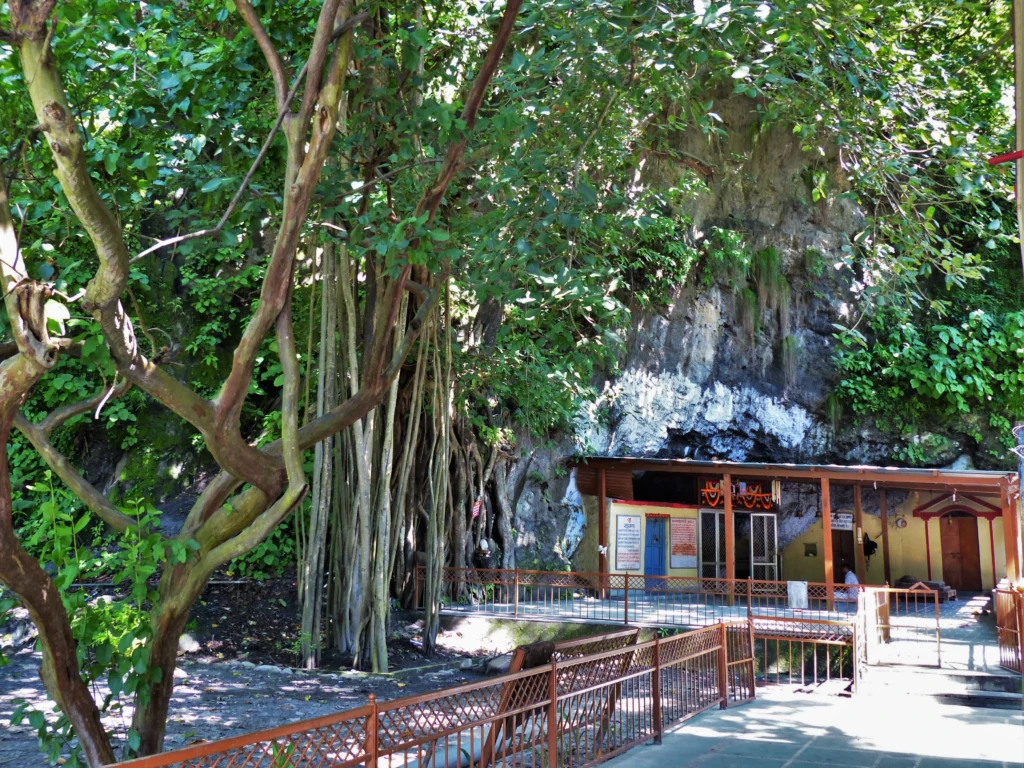
About 25 km upstream from Rishikesh, this ancient cave is believed to have been the meditative spot of Sage Vashishta, one of the seven great sages of India.
Today, it offers a unique meditative experience. Inside the dimly lit, naturally cooled cave, silence reigns and time seems to vanish.
- Why it’s rare: Most people visit the main gufa (cave), but miss Arundhati Gufa — just a few minutes’ walk further, hidden and silent.
- Experience: Sit in pitch darkness inside the cave once used by Sage Vashishta. The energy is still and powerful. Ideal for silent meditation.
2. Phool Chatti Ashram River Trail
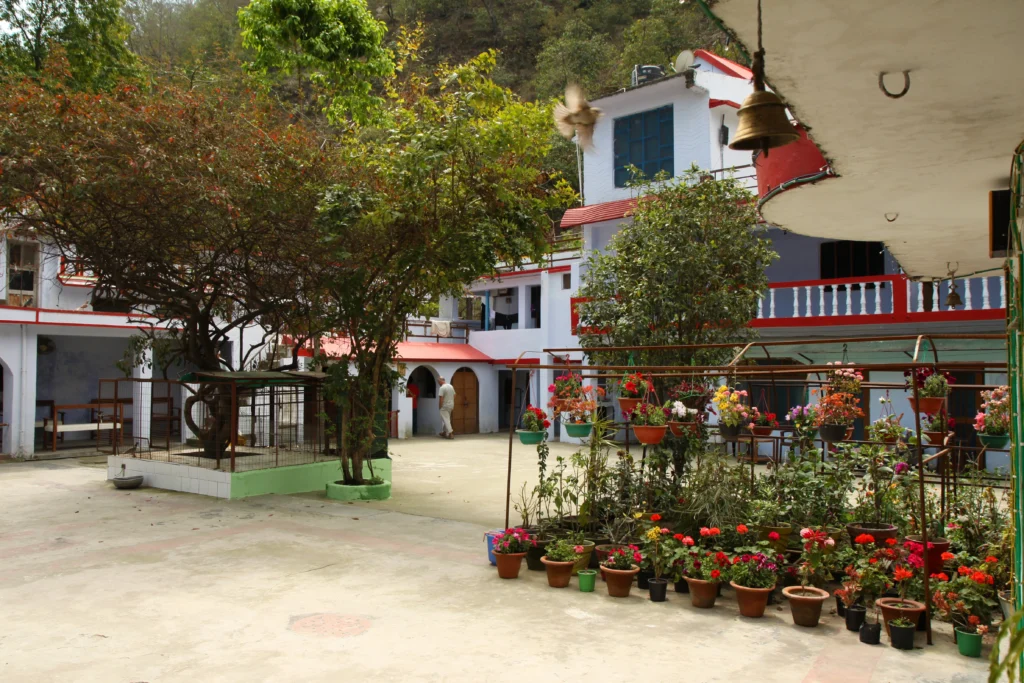
- Why it’s rare: Everyone visits the ashram for yoga, but the private riverside trail behind it leads to secluded mini-beaches along the Ganga where you can sit undisturbed for hours.
- Pro tip: Visit early morning with a flask of chai or water. It’s where time melts.
3. Tera Manzil (Trimbakeshwar) Temple – Upper Floors
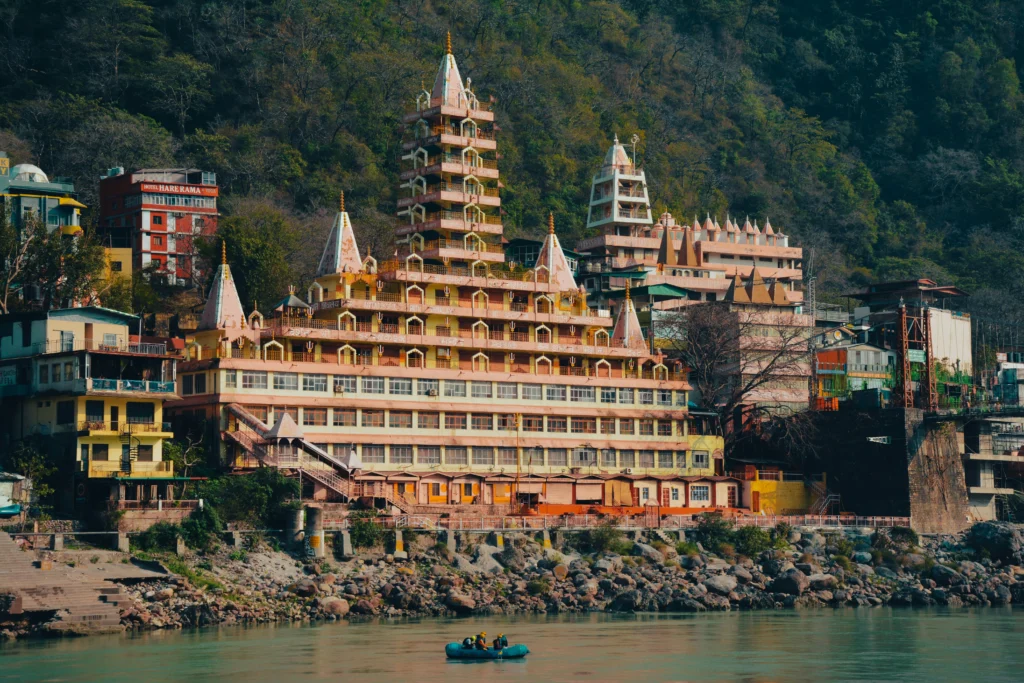
- Why it’s rare: Most tourists climb a few floors for photos. Few go all the way to the 13th floor, where you’ll find a tiny meditation cave and a 360-degree view of the entire Ganga valley.
- Experience: Go at sunset. The sky glows pink, and bells from every floor create a surreal soundscape.
4. Rajaji National Park – Jhilmil Zone
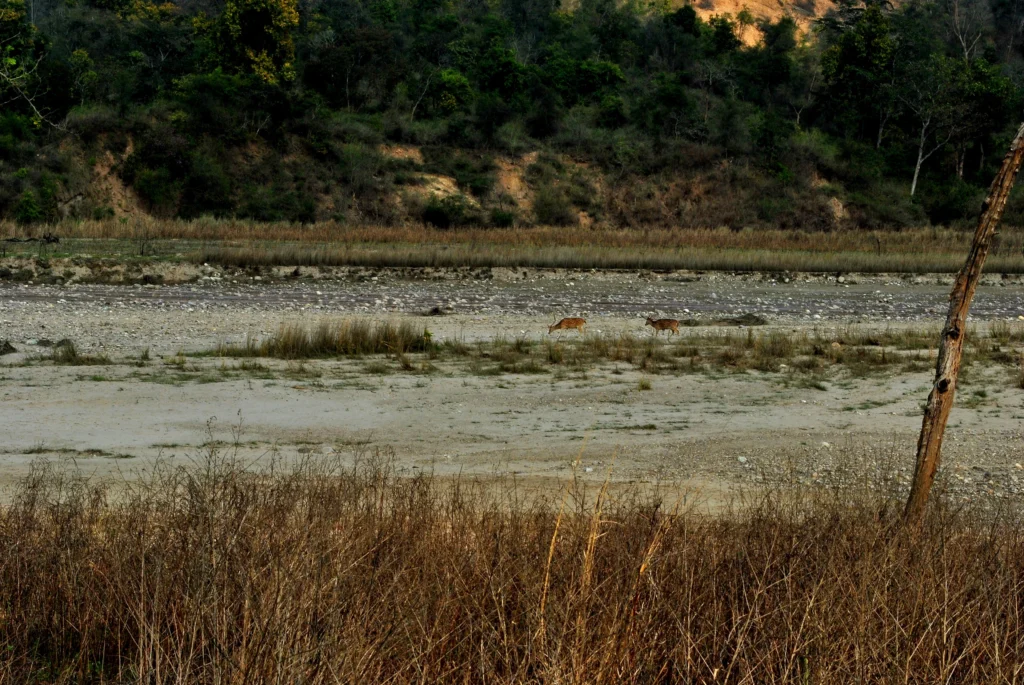
- Why it’s rare: While the Chilla and Motichur gates are known, Jhilmil Zone is quieter and known for swamp deer, leopards, wild boars, and migratory birds.
- Activities: Jeep safaris, guided birdwatching, and jungle camping. This is the “Rishikesh meets Jungle Book” experience.
5. Neelkanth Mahadev Temple via Jungle Trek
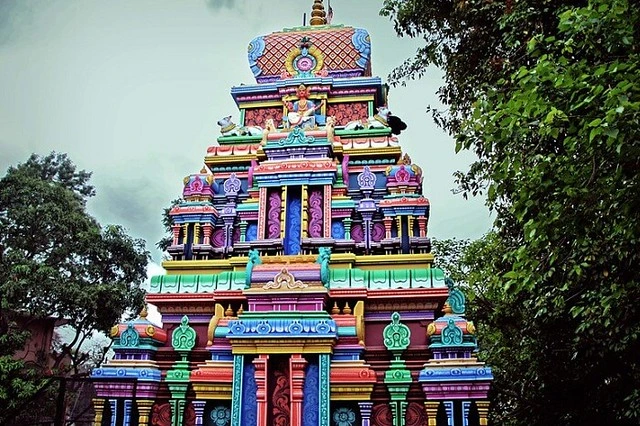
- Why it’s rare: Most drive to this famous Shiva temple, but few take the 13 km jungle trek from Patna Waterfall route. This trek is ancient, sacred, and mostly deserted.
- What you see: Waterfalls, herbs, butterflies, and hidden sadhus in the forest. Spiritual + scenic.
6. Patna Waterfall (Secret Trail Behind the Falls)

- Why it’s rare: Most tourists stop at the visible cascade, but the trail behind the waterfall takes you to a hidden cave, and deeper into the forest.
- Best time: Right after monsoon (Sept–Oct), when the falls are gushing, but the path is still safe.
7. Gulab Nagar Village – The Floral Hamlet
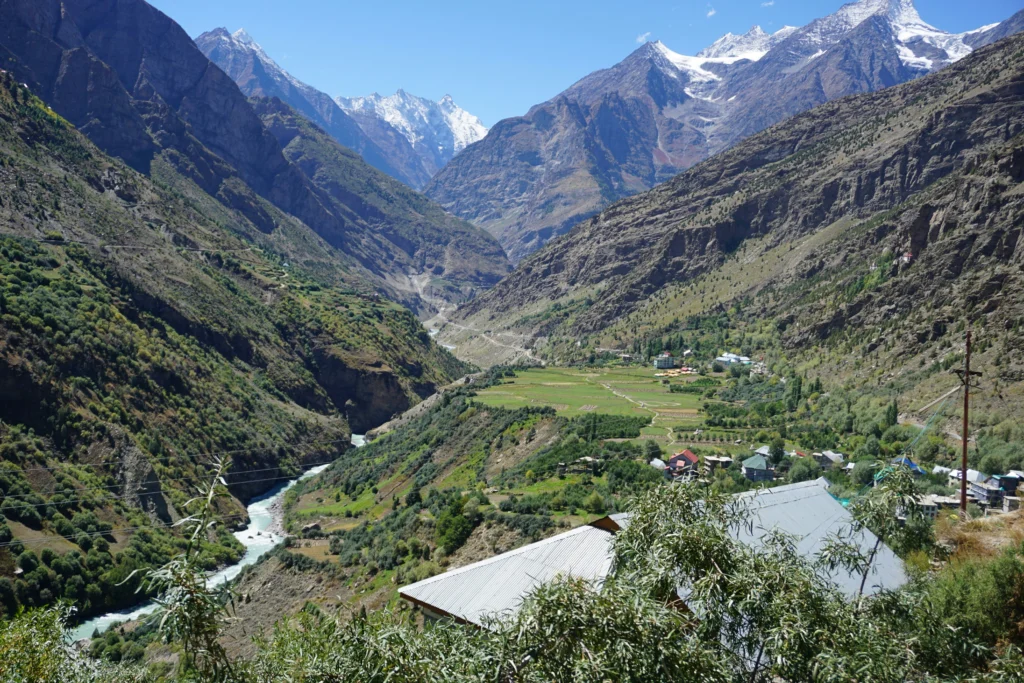
- Why it’s rare: Just 5 km above Tapovan, this tiny Garhwali village is bursting with wild roses, marigold fields, and has no commercial tourism.
- Best for: Cultural immersion, homestay experience, or sunrise photography with the Himalayas as backdrop.
8. Kunjapuri Temple Sunrise Trek (Local Route)
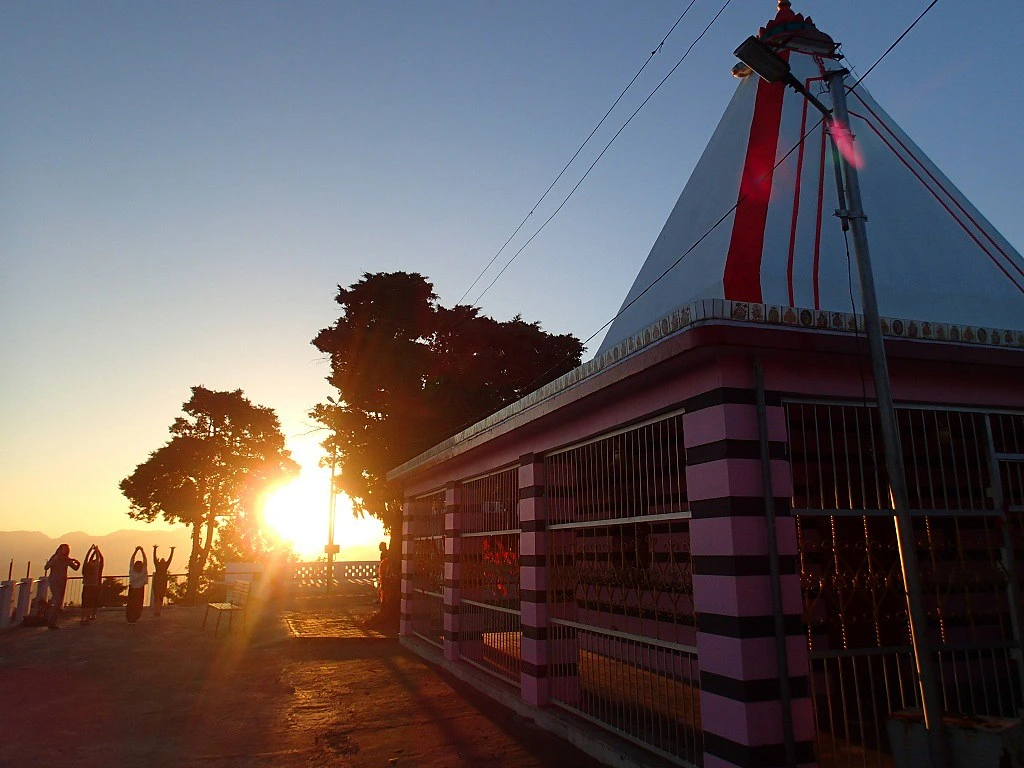
Most travelers miss this hidden jewel. A 45-minute drive followed by a short hike, Kunjapuri offers the most surreal sunrise views over the Himalayan range and the Ganga valley.
It’s also a Shakti Peetha, a powerful energy center believed to be where the chest of the goddess Sati fell in mythological lore. The vibrations here are palpable, and locals say wishes whispered here often manifest.
- Why it’s rare: Many visit via taxi, but very few take the silent forest trail from Tapovan (a 2-hour uphill trek). Locals still use it for morning rituals.
- Bonus: Watch the sunrise light up peaks like Bandarpunch and Swargarohini.
9. Swami Dayananda Ashram’s Veda Library
- Why it’s rare: Open only to serious spiritual seekers, this serene space holds ancient Sanskrit manuscripts, commentaries on Vedanta, and is run by scholars.
- Access tip: Ask respectfully for permission to enter the library or attend an open satsang.
10. Ganga Beach near Gular
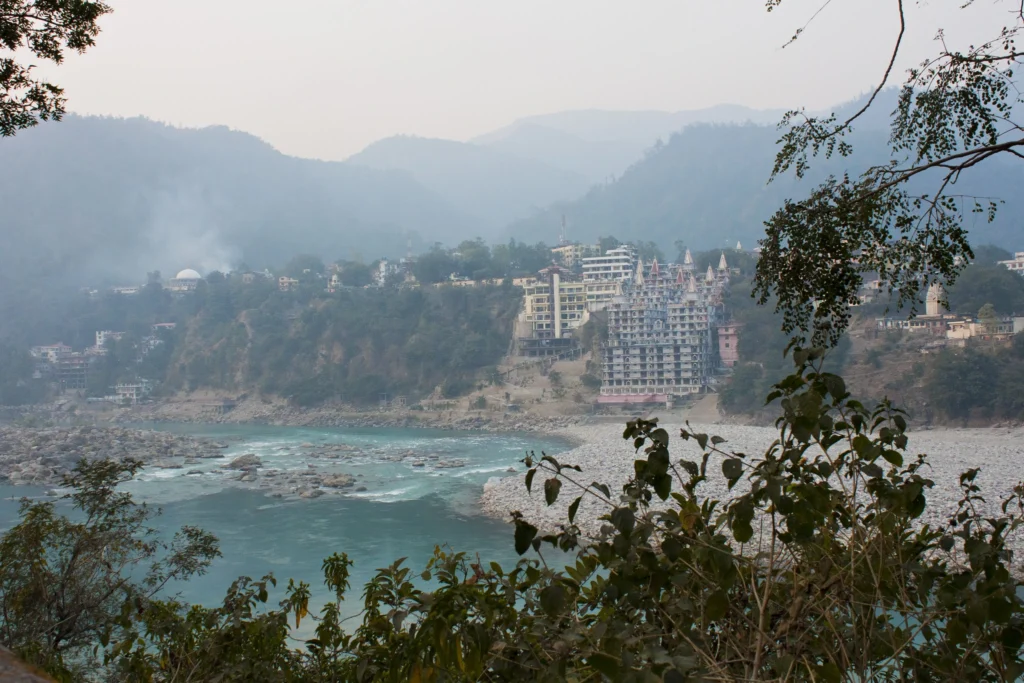
- Why it’s rare: A hidden white sand beach 15 km upstream from Rishikesh with crystal clear water, no crowds, and ideal for sunrise dips or river meditation.
- Getting there: Hire a scooter or book a local to guide you. Stop by Gular village en route.
Bonus: Attend a Silent Vipassana Sitting (Mini Retreats)
- Where: Dhamma Salila Vipassana Centre (Secluded in forest)
- Why: Even if you don’t do the full 10-day course, some sessions offer day-long silent meditations, which few tourists know about.
Pro Travel Tip:
Always ask local yoga teachers or cafe staff about hidden sunrise/sunset spots — Rishikesh is full of secret meditation rocks, forest shrines, and river beaches that are never on Google Maps.
Getting There: Commute and Connectivity
Reaching Rishikesh is now more accessible than ever for global travelers.
- By Air: The nearest airport is Jolly Grant Airport (DED) in Dehradun, about 21 km from Rishikesh. It’s well-connected with daily flights from Delhi, Mumbai, Bengaluru, and other major cities. From the airport, taxis or pre-booked shuttles can get you to Rishikesh in under 45 minutes.
- By Train: Rishikesh has its own railway station, but Haridwar Junction, just 25 km away, is the better-connected hub. From Haridwar, it’s a scenic 45-minute drive along the river to Rishikesh.
- By Road: Rishikesh is well-linked by bus services from Delhi (around 240 km). Volvo buses, shared cabs, and private taxis run regularly from Delhi’s ISBT and airport terminals.
For eco-conscious travelers, local e-rickshaws and bicycle rentals are available within Rishikesh, especially in the Tapovan and Swarg Ashram areas, which are largely pedestrian-friendly.
Rishikesh Today: Tradition Meets Conscious Tourism
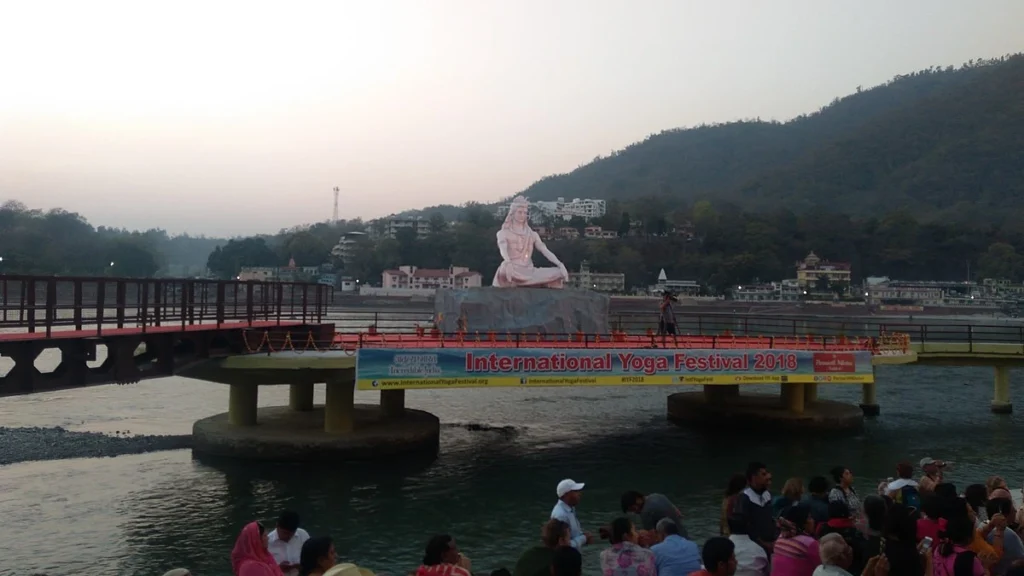
Rishikesh is evolving. With an influx of wellness tourism, you now find eco-conscious cafes serving vegan thalis, kombucha, and gluten-free options.
Places like Little Buddha Café and 60’s Café Delmar (The Beatles Café) offer international menus with riverfront seating and soft acoustic music.
Yet amidst the modernity, the heart of Rishikesh stays grounded in the ancient. The International Yoga Festival, held every March at Parmarth Niketan, gathers teachers and seekers from over 70 countries.
And new initiatives by the Uttarakhand government are preserving the fragile Ganga ecosystem while promoting mindful tourism.
The Takeaway: Why Rishikesh is Not Just a Place—But a Portal

Soul-searching in Rishikesh isn’t a dramatic event—it’s subtle. It’s in the pause between yoga postures, the silence of a river ghat at sunrise, the flicker of ghee lamps at the Ganga Aarti.
It’s in the conversations you have with strangers over ginger lemon tea and the silence you find within yourself in an ashram cell.
For those feeling lost, weary, or simply curious, Rishikesh doesn’t offer answers—it offers space. Space to listen, reflect, and gently return to the rhythm of your own breath.
Because in the end, Rishikesh doesn’t change you. It shows you who you were before the world got too loud.
Pack a notebook, keep your phone on airplane mode, and come with an open heart—because in Rishikesh, the real journey begins when you finally stop searching.

